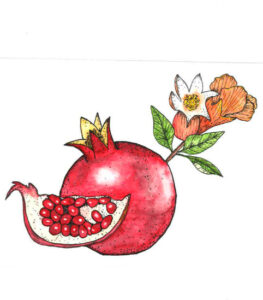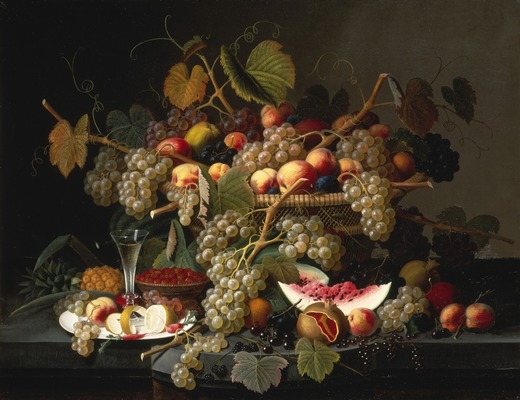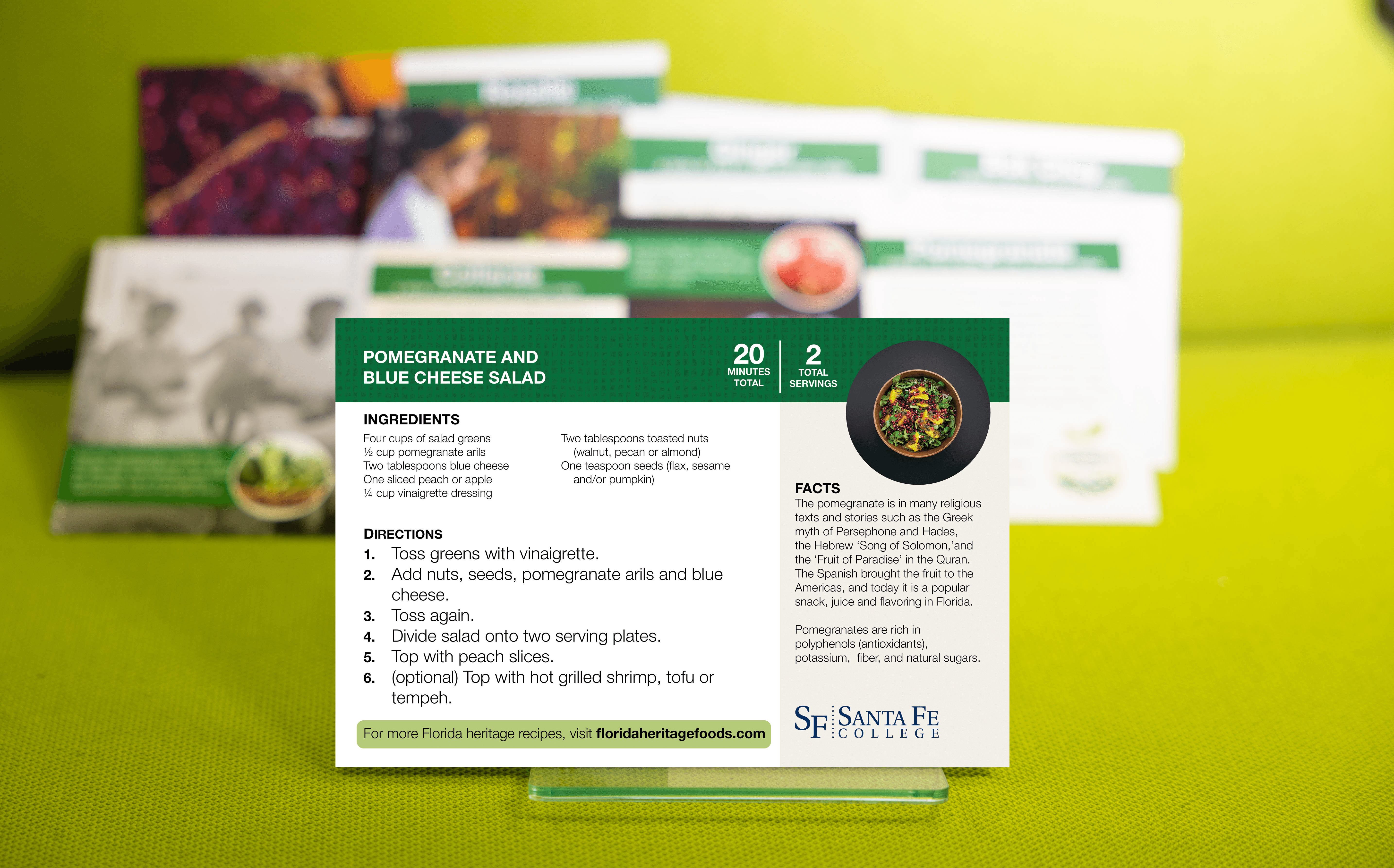Punica granatum

The pomegranate has an ancient history dating to the early Egyptian civilization, and it was an important symbol in a wide variety of religious texts and mythological stories throughout the Mediterranean region. The fruit is highlighted in ancient and modern works of art from Roman mosaics to Renaissance still life, and the juice has been used in beverages and medicines for thousands of years. Pomegranate trees were brought to Florida by Europeans in the 1700s, and the tree’s beautiful flowers and healthy fruits can be found in Florida landscapes today.

Archaeological evidence suggests that the pomegranate is native to Asia, entered into cultivation approximately 5000 years ago, and spread throughout Europe and the Middle East. The ancient fruit was first brought to the Americas by Spanish sailors, and specifically to Mexico and California by missionaries. It was introduced to Florida in the 18th century, and today it is featured in a variety of local wines, beverages, candies, syrups, flavorings, jams, and fruit dishes.

Pomegranates are rich in polyphenols (antioxidants),potassium, fiber, and natural sugars.


Pomegranates are adapted to a variety of soil types and climates. They are propagated by cuttings and offshoots at nurseries and can be grown as a tree or shrub. Transplant a young tree into well-drained soil. Apply pine bark mulch to keep weeds down and soil moist. Young trees should bear fruit within two years after transplant and are considered mature in five to seven years, though pomegranate trees can live up to 200 years. To plan a heritage garden, download the ‘Planning a Florida Heritage Garden (PDF).’

Santa Fe College Partnered with Multiple Organizations in a Collaborative Effort to Bring Awareness of the Heritage Plants In Florida.
BY CULTURAL HISTORY
BY GROWING SEASON
DROUGHT TOLERANT PLANTS
Commitment to Equal Access and Equal Opportunity
Santa Fe College is committed to an environment that embraces diversity, respects the rights of all individuals, is open and accessible, and is free of harassment and discrimination. For more information, visit sfcollege.edu/eaeo or contact equity.officer@sfcollege.edu.
SACSCOC Accreditation Statement
Santa Fe College is accredited by the Southern Association of Colleges and Schools Commission on Colleges (SACSCOC). For more information, visit sfcollege.edu/sacscoc.
